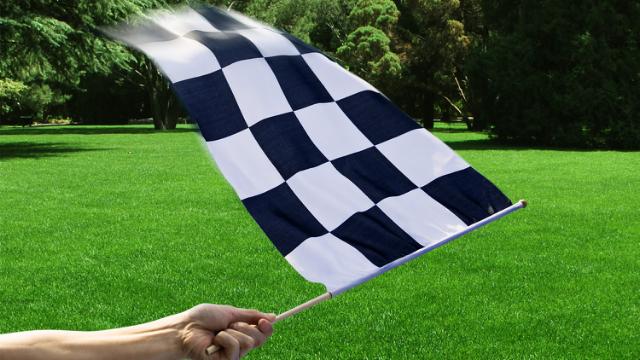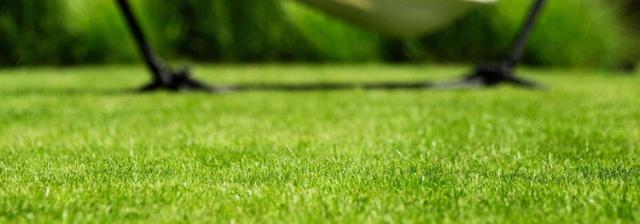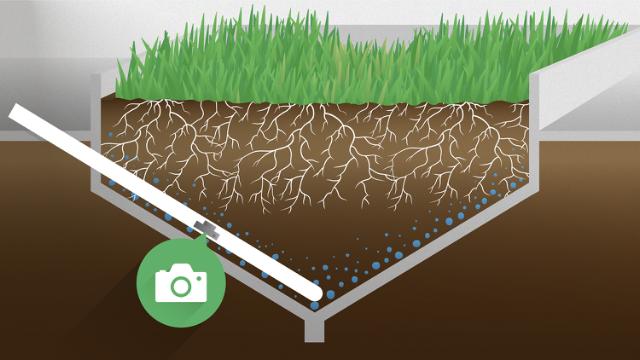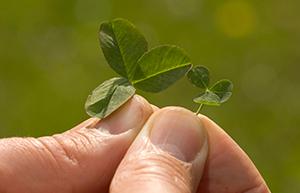
Accelerator
The Accelerator coating increases germination speed and gives up to 38% more grass in the first 7 days after sowing, and a faster establishment of your new lawn.
Red fescue is found in many natural green areas on nearly all types of soils and under widely varying moisture conditions. It is relatively slow growing in the sowing year and has very fine needle like leaves and a high shoot density. Red fescue thrives under a wide range of conditions but is notable for its tolerance to dry, rather poor soil. It is very resistant to frost and drought and it tolerates surface water during the winter to some extent. Shade tolerance is better than for most other species. There are three types of red fescue for amenity purposes: 1. Slender creeping red fescue type - rubra trichophylla 2. Chewings fescue type - rubra commutata 3. Strong creeping red fescue type - rubra rubra Festuca rubra commutata has no rhizomes (bunch grass) but the highest density of shoots of the three types. When using commutata in mixtures, it is often necessary to add one of the other types of fescue with rhizomes (or Poa pratensis) in order to facilitate the infill and repair of gaps in the sward. In cold areas, commutata is an important component as it has higher winter hardiness than other fescues. As shoot density is very high, commutata is an integral component of mixtures that require close mowing, especially for golf greens.
The Turfline® range covers every possible need for the consumer. Whether the need is for a drought and heat tolerant mixture, a mixture that thrives in shady areas or maybe a wear tolerant mixture for the family lawn – the Turfline® range has the solution.
Johnsons Lawn Seed grass seed mixtures represents excellence in lawngrass. Based on extensive consumer research, Johnsons Lawn Seed produces high-quality options tailored to the consumer’s individual requirements as well as to the changing weather patterns.

The Accelerator coating increases germination speed and gives up to 38% more grass in the first 7 days after sowing, and a faster establishment of your new lawn.

Quick Action® is developed to help lawn owners grow a greener, stronger and more sustainable turf – even in the most stressful conditions.

When you sow with SeedBooster® you do two jobs in one time-saving operation: the sowing of your seed and the dressing of nitrogen that usually follows.

With changing environmental and climatic conditions, lawn management has become more demanding. We offer grasses that can better handle spring and early summer drought.

With Microclover® you can grow a green lawn year round - with minimum effort. As one of the few plant species, clover is producing its own nitrogen fertilizer.